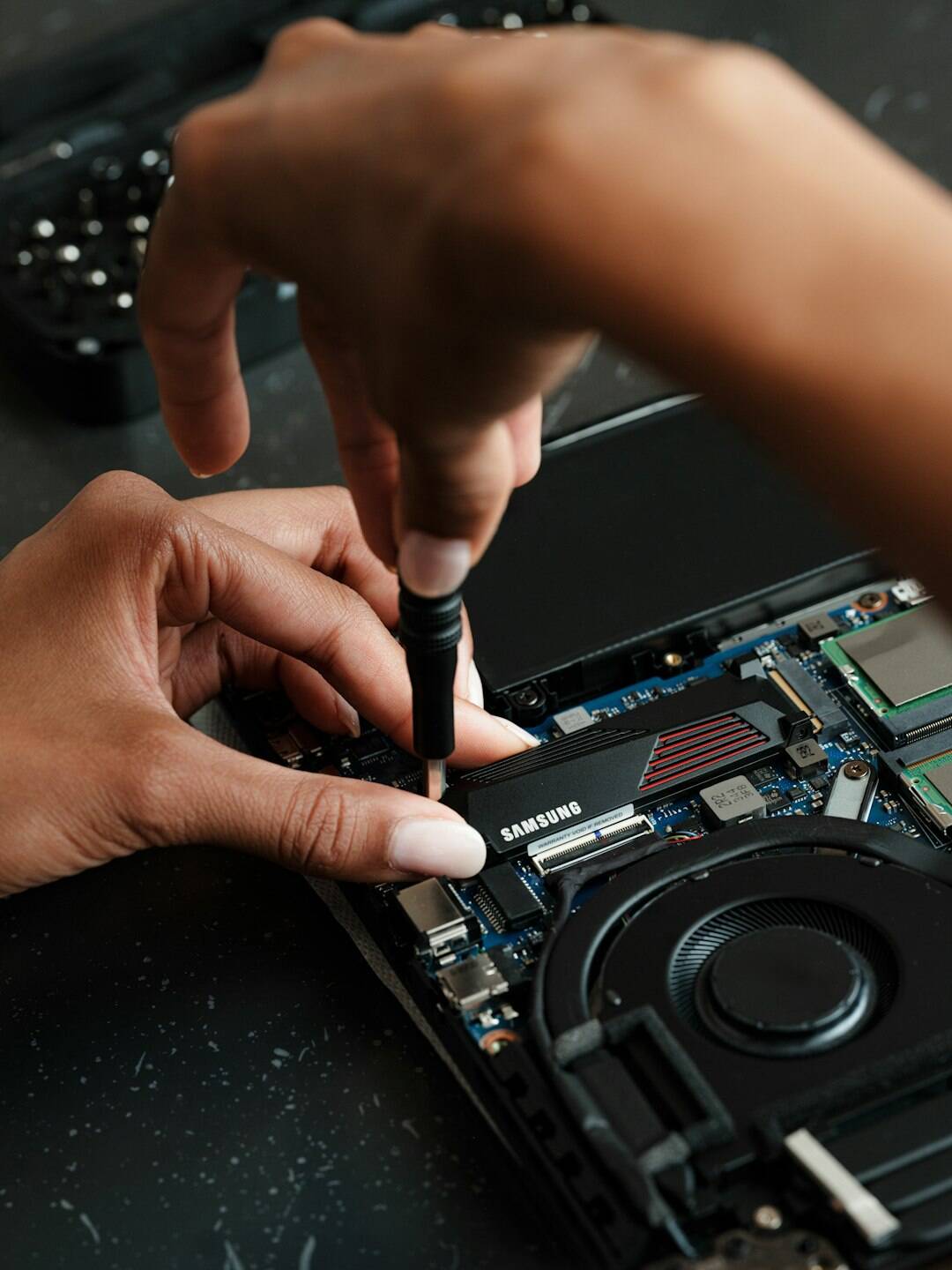The MacBook Pro has long been a favorite among students, creatives, and professionals for its performance, sleek design, and tight integration with the macOS ecosystem. But one of the most commonly asked questions before making such a significant investment is: How long will a MacBook Pro last? The answer depends on several factors including usage patterns, hardware configuration, and maintenance habits. This article explores the average lifespan of a MacBook Pro, key predictors of longevity, how to extend its useful life, and when to consider an upgrade.
Average Lifespan of a MacBook Pro
In general, a MacBook Pro can last anywhere from 5 to 8 years for most users. With regular updates and general care, some units have been known to last up to 10 years. However, it’s important to distinguish between a device that still powers on and one that is still practical and efficient for modern computing tasks.
As software and operating systems become more complex, older hardware can struggle to keep up. While a 2014 MacBook Pro may still turn on and run basic applications, it might lag with newer software updates, reduced battery life, or unsupported operating systems.
Factors That Influence Lifespan
Several elements affect how long a MacBook Pro remains functional and efficient:
- Usage Patterns: Heavy users—such as video editors or software developers—may notice performance degradation sooner than casual users who only browse the web or handle documents.
- Hardware Specifications: Higher-end models with more RAM and storage typically age better and are more future-proof.
- Thermal Management: Poor ventilation or using the MacBook Pro on soft surfaces can contribute to overheating, which damages internal components over time.
- Physical Condition: Accidental drops, spills, and general wear-and-tear naturally reduce lifespan. Using protective accessories can mitigate damage.
- Software Support: Apple typically supports its devices with macOS updates for around 7 years. Once a MacBook Pro hits this limit, it may no longer receive critical security patches or features, making it less secure to use.

Historical MacBook Pro Longevity
Looking at older models gives some insight into Apple’s track record. For instance:
- A 2012 MacBook Pro could run macOS Catalina (released in 2019), offering 7 years of software support.
- The 2015 MacBook Pro was widely regarded as one of the best models and is still in use today by users with modest needs.
- MacBook Pros with Apple Silicon (M1 and beyond) have shown remarkable longevity expectations owing to improved thermal efficiency and better performance-per-watt ratios.
Owners of older Intel-based MacBooks are starting to see diminishing returns in terms of software compatibility and battery reliability. Conversely, devices with Apple Silicon may raise the bar for future expectations.
Signs It’s Time to Replace a MacBook Pro
Even with excellent care, there comes a time when an upgrade becomes a better choice. Some warning signs include:
- Incompatibility with Latest macOS: If your Mac can no longer install the latest OS, its security may be compromised.
- Performance Lag: Sluggish multitasking, application hangs, and long boot times indicate the system is struggling with modern demands.
- Short Battery Life: A laptop that needs to be plugged in constantly loses its core function—portability.
- Unavailable or Expensive Repairs: As units age, parts become rare and costly; many Apple Stores may also declare the device “vintage” and decline repairs.
- Frequent Crashes or Hardware Failures: Repetitive issues, even after reinstalling macOS, are a sign that underlying hardware may be failing.
Tips to Extend Your MacBook Pro’s Lifespan
The good news is that there are several strategies users can employ to get the most out of their investment:
- Regular Software Updates: Keep macOS and applications up-to-date for security improvements and system optimizations.
- Use Protective Gear: Buy a padded sleeve, keyboard protector, and screen guard to protect against physical damage.
- Monitor Battery Health: Avoid overcharging and store the device in ambient temperatures. Apple’s Battery Health tool provides useful insights.
- Reinstall macOS Periodically: A clean install removes clutter and helps the system operate more smoothly.
- Replace Battery or SSD: Instead of replacing the whole machine, replacing worn components can help extend useful life, especially in older Intel models where these parts are not soldered.

Apple Silicon and the Future of MacBook Longevity
Apple’s shift to Apple Silicon (M1, M2, M3 chips) has not only redefined performance but also longevity. These systems-on-a-chip are more power-efficient and integrated, reducing the likelihood of thermal issues and enhancing usable lifespan. However, they are harder to repair or upgrade due to integration, so users should consider their long-term needs when choosing specs at purchase time.
With greater performance headroom and optimized software, it’s likely that Apple Silicon-powered MacBook Pros will comfortably last 8+ years for the average user, assuming battery replacements or minor tweaks are performed as needed.
Summary
How long a MacBook Pro lasts depends on how it’s used, maintained, and configured. While physical hardware might continue to operate a decade later, diminishing software support and performance may encourage users to upgrade sooner. For a balance between cost-efficiency and technology needs, most users find the 5 to 7-year mark to be the sweet spot for reliability and productivity.
FAQs
-
Q: Can a MacBook Pro really last 10 years?
A: Yes, with light usage and good maintenance, some MacBook Pros function even after a decade. However, their usefulness may decline due to software incompatibility. -
Q: How often should I replace a MacBook Pro?
A: For most users, upgrading every 5 to 7 years provides a good balance between performance needs and value. -
Q: Is Apple Silicon better for longevity?
A: Yes, MacBook Pros with Apple Silicon chips are more efficient, run cooler, and show better longevity trends compared to Intel-based Macs. -
Q: When does Apple stop supporting MacBooks?
A: Apple typically provides macOS updates for 7 years from a product’s original release date. Security updates may continue for a little longer. -
Q: Can I replace the battery to extend life?
A: Absolutely. Battery replacements can breathe new life into your MacBook Pro, especially if the rest of the hardware is functioning well.